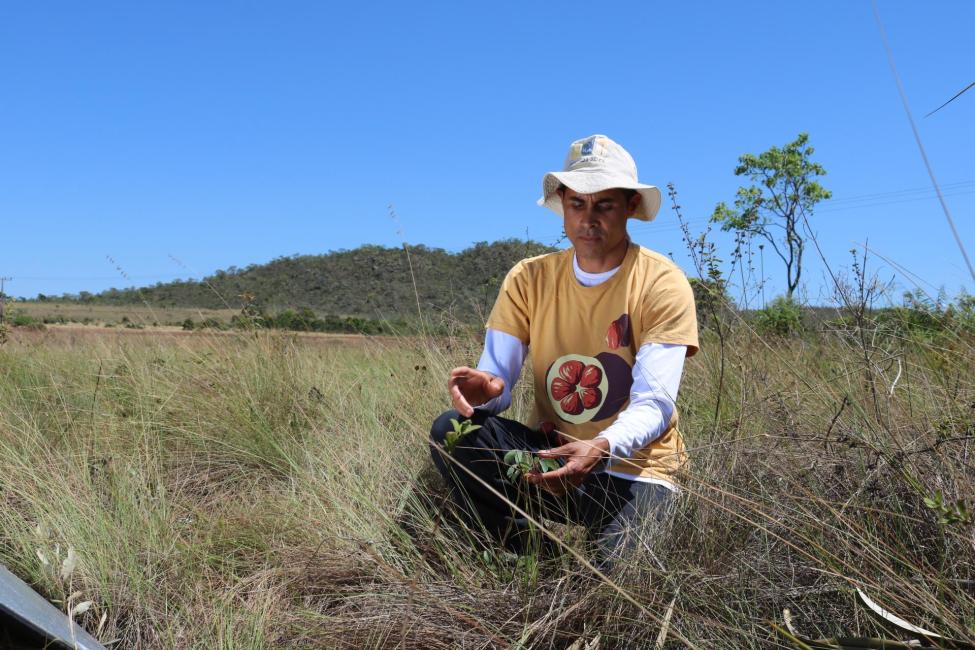-
Who we are
WHO WE AREThe International Organization for Migration (IOM) is part of the United Nations System as the leading inter-governmental organization promoting humane and orderly migration for the benefit of all, with 175 member states and a presence in over 100 countries. IOM has been active in Central America, North America and the Caribbean since 1951.
SOBRE NOSOTROS
SOBRE NOSOTROS
OIM Global
OIM Global
-
Our Work
Our WorkIOM is the leading inter-governmental organization promoting humane and orderly migration for the benefit of all, with presence in over 100 countries, and supporting 173 member states to improve migration management. Across the region, IOM provides a comprehensive response to the humanitarian needs of migrants, internally displaced persons, returnees and host communities.
QUÉ HACEMOS
QUÉ HACEMOS
PRIORIDADES TRANSVERSALES (Global)
PRIORIDADES TRANSVERSALES (Global)
- Where we work
- Take Action
- Data and Resources
- 2030 Agenda
"If we didn’t preserve and restore those areas, in a short time there would be, as we are already seeing, a lack of water, springs, and damp fields drying up."
Brasília – In the Brazilian Cerrado Savanah, in the center of the country, the local communities already feel the impacts of climate change and environmental degradation. However, some people are fighting to preserve and restore the biome. This is the case of Claudomiro, born and raised at Chapada dos Veadeiros, located around 220 kilometers from Brasília, the federal capital.
Son of a miner and farmer, Claudomiro says that he has also mined and deforested many areas, as he had learned from a young age. It was until 2007, when he started working in the fire brigade at the National Park Chapada dos Veadeiros, that he reached a turning point in his life. “I acquired a different perspective. I realized that if we didn’t preserve and restore those areas, in a short time there would be, as we are already seeing, a lack of water, water springs, paths and damp fields drying up,” says Claudomiro.
“I keep thinking: ‘Is it possible to revert this global warming?’, but I keep doing this work of conservation, preservation and restoration enthusiastically, and involving more families and communities in this process, in what I believe,” he says.
Besides the lack of water, other changes are already felt in the region, such as the increase in heat – even at times of the year when it was usually cold – and the fires that, despite being common in the Cerrado Savanah, began to happen twice a year and are increasing, which affects houses in the region and, sometimes, consume everything that those families have.
The lack of water, however, has seriously frightened the residents of the region. Areas that, 15 years ago, were wet and people could not even cross are now dry. The springs are also running out of water, which makes many people leave their homes. “I know a family that has moved from the community to the city because there was no more water. They even asked us to go there and try to restore the spring, so they could have water to drink and take care of their animals. Nowadays, they live in the community in the time of the year that rains and when it’s the dry season, they move to the city,” Claudomiro says.
The people who were born and raised at the Cerrado Savannah must become its guardians."
Besides this family, there are several others, in different communities, that have been facing the same problem of lack of water and ask help from the association that Claudomiro is part of, in hopes that they can recover the water springs or think of any way to guarantee access to water throughout the year, ensuring they have the conditions to stay there all year long.
This association is made up of families from the communities themselves and aims to recover the biome, the second largest in South America and home to the springs of the three largest river basins in the continent (Amazônica, São Francisco and Prata), in addition to being considered a global biodiversity hotspot.
The association has been collecting native seeds and executing ecological restoration planting, besides the voluntary fire brigade, since last year. The work is carried out by family members from the communities of the Chapada dos Veadeiros. “There is no way to restore and take care of the entire Cerrado Savannah without including the communities, generating income, and preserving. The people who were born and raised at the Cerrado Savannah must become its guardians,” he concludes.
The work that is done by Claudomiro comes together with IOM’s objectives concerning migration, environment and climate change: to prevent forced migration that results from environmental factors to the extent possible; to provide assistance and protection to affected populations when forced migration does occur in situations of environmental and climate change, and to seek durable solutions to their situation; and to facilitate migration in the context of climate change adaptation and enhance the resilience of affected communities.
Watch the interview here: https://youtu.be/0M6lkAdhGJg?si=ozLCUifpCELhQOeM



